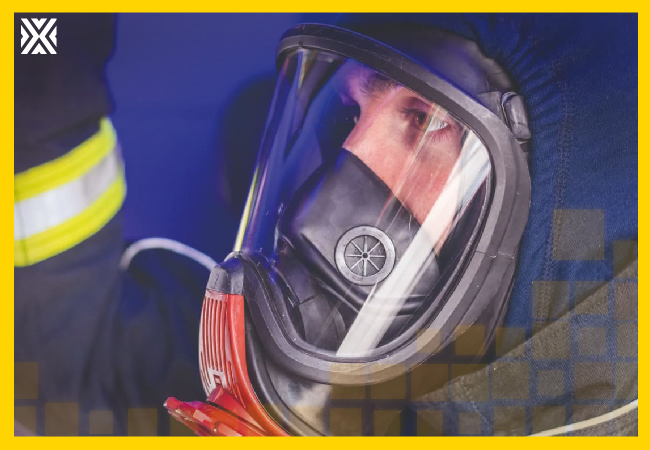Currency
December 22, 2018

HSE statistics show that ill health is the biggest cause of days lost at work, and deaths from workplace injury and ill health are dominated by respiratory disease – accounting for 99% of all workplace deaths. Most of the fatalities have been among the would-be rescuers who were untrained and unprepared. A confined space can be more hazardous than regular workspaces for many reasons other than gas related complications. To effectively control the risks associated with working in a confined space, a confined space hazard assessment and control programme should be implemented for your workplace. This programme should be put together after reviewing the specific regulations that apply to your workplace. When the breathing environments cannot be made safe during work, suitable Respiratory Protective Equipment (RPE) plays an important role in helping the workers and rescuers in successfully completing their job by protecting them from the risk of asphyxiation.

Respiratory Protective Equipment is a particular type of Personal Protective Equipment (PPE), used to protect the individual wearer against inhalation of hazardous substances in the workplace air. RPE should only be used where adequate control of exposure cannot be achieved by other means. PPE stands as the last step on the hierarchy of control measures and hence should be used as a last resort. Employers must firstly attempt to eliminate the hazard at source. RPE should only be used after all other reasonably practicable control measures have been taken. PPE is considered a last resort because it only protects individual workers, is prone to failure or misuse, such as wearing the wrong RPE for the job, and employees wearing RPE may get a false sense of security when using RPE.

Respiratory Protective Equipment is a particular type of Personal Protective Equipment (PPE), used to protect the individual wearer against inhalation of hazardous substances in the workplace air. RPE should only be used where adequate control of exposure cannot be achieved by other means. PPE stands as the last step on the hierarchy of control measures and hence should be used as a last resort. Employers must firstly attempt to eliminate the hazard at source. RPE should only be used after all other reasonably practicable control measures have been taken. PPE is considered a last resort because it only protects individual workers, is prone to failure or misuse, such as wearing the wrong RPE for the job, and employees wearing RPE may get a false sense of security when using RPE.









